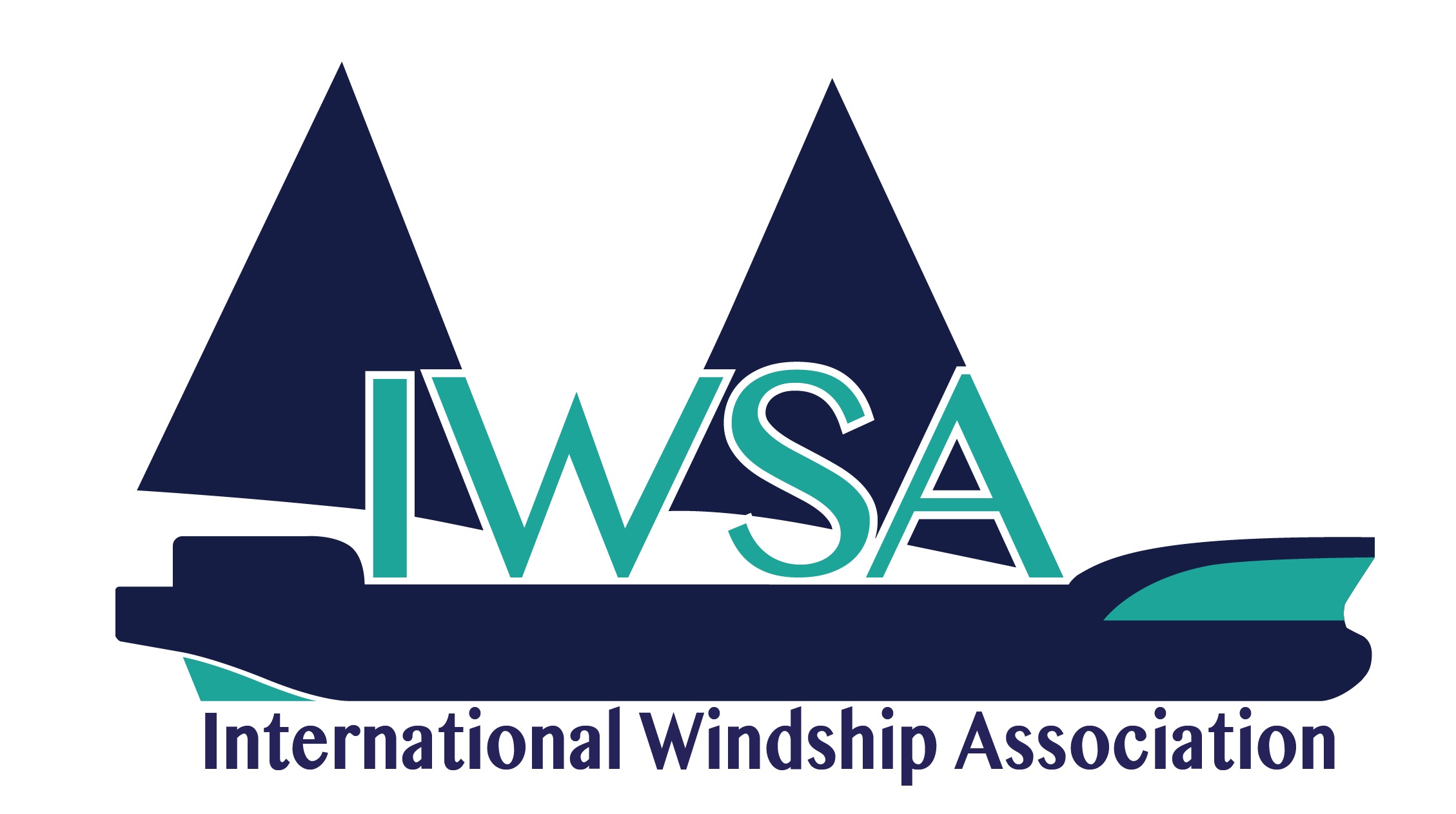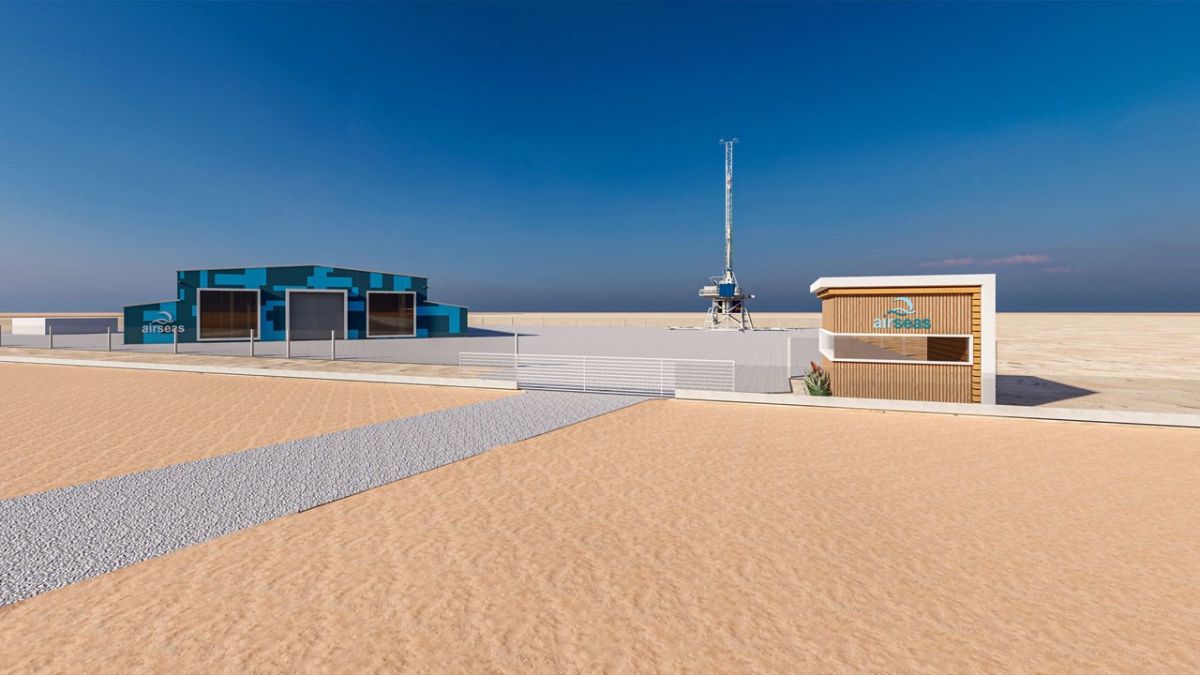Press Release: As discussions get underway at the International Maritime Organization (IMO) Marine Environment Protection Committee (MEPC) 78th session this week (6 – 10 June), in the middle of which UN World Oceans Day 2022 will be celebrated (8 June), the International Windship Association (IWSA) has issued a call for the greater inclusion of wind-assisted propulsion technology in regulatory frameworks and for a level playing field for all energy sources, inclusive of wind, in international and regional policies and subsidies.
When launching the ‘Decade of Wind Propulsion’ campaign last year, IWSA dubbed 2021-2030 as the ‘Decade to Deliver’ on the potential that wind propulsion brings to the challenge of decarbonising the entire current fleet and the vessels of the future.
In the past twelve months, decarbonisation has risen up the IMO agenda and interest in wind propulsion has greatly intensified. In fact, the 150+ members and supporters of IWSA have confirmed new projects, installations, pending order confirmations or the forging of new partnerships every week during 2022 so far.
Wind propulsion has transitioned from the perception of being ‘blue sky’ technology in the previous decade to gaining industry interest over the past few years. The conversion of that interest into investment is now taking place at a quickening pace.
There are currently 19 large vessel wind propulsion installations in operation and that number will likely double over the next 12 months. A healthy R&D pipeline reported across IWSA members means that the number of test installations on the water can be expected to also grow substantially in the coming year.
With the fair winds of decarbonisation demands from the IMO behind them, and with global events such as the COVID-19 pandemic and the conflict in Ukraine driving a growing realisation of the need for ‘efficiency’ and ‘economy’ to be balanced more and more with ‘energy supply security’ and ‘resilience’, wind propulsion technology developers are in the right place at the right time.
However, although the number of wind-assisted propulsion installations in use is increasing and momentum is starting to grow, critical mass is still some way off.
“Pioneering ship owner executives get it, many cargo customers get it, and financiers are increasingly getting it but there is a difference between ‘getting it’ and ‘investing in it’ at scale,” says IWSA Secretary General, Gavin Allwright.
So, what is holding the mass uptake of wind propulsion technology back? Shipowners and policy makers need verified data and proven solutions. The good news is that this is what IWSA members, their projects and the IWSA secretariat are providing more of.
As more systems are installed, and as more demonstrator vessels are launched more validated data will become available. This creates a positive cycle that leads to less uncertainty, less risk and higher uptake. Also, dependency on fossil fuels supplies is being challenged in the mid- to long-term with a marked shift towards renewable energy as decarbonisation targets are put in place on a global scale. This will push more ship owners towards wind.
The growing tide of regulation in the shipping industry is also acting as a driver, including carbon reduction targets and short-term measures such as EEXI and CII. However, one area that is lacking is that wind propulsion technology is not yet integrated into the international regulatory frameworks and subsidies enough, and this needs to change says Allwright.
“Since the IWSA was granted IMO consultative status this year, wind propulsion technology has never been more in the room when it comes to regulatory discussions and progressions. However, there is still work to do positioning wind propulsion at the heart of the regulatory framework. We also believe that there needs to be a level playing field for all energy sources in policy and subsidy,” he says.
“Adding some ‘carrot’ and not just ‘stick’ is important for the wind propulsion segment also. Therefore, we strongly support the returning of any proceeds from the EU ETS and the international system, when that is agreed upon, back to the industry to be used to lower the cost of installations and new builds. The wind propulsion segment should be able to command a substantial portion of those funds, commensurate with the decarbonisation potential of the technology across the fleet,” he states.
However, IWSA and its members are making good headway, nonetheless. There will be a clutch of IMO submissions converting various aspects of wind propulsion penned for MEPC 79 (December 2022) and MEPC 80 (Spring 2023) including a wind sector overview, a submission dealing with measuring and validating technology and another covering a holistic approach to design and wind.
“The resounding message here is that the new take on wind propulsion is coming of age, and it is a ‘Now’ solution to a very ‘Immediate’ problem. We have already set our sails and plotted our course, now it is time to ease into the wind and take this voyage to its next level,” Allwright concludes.

































